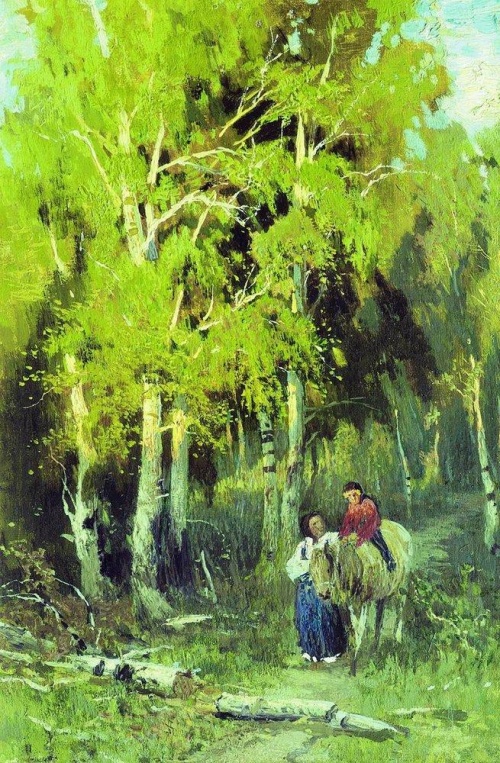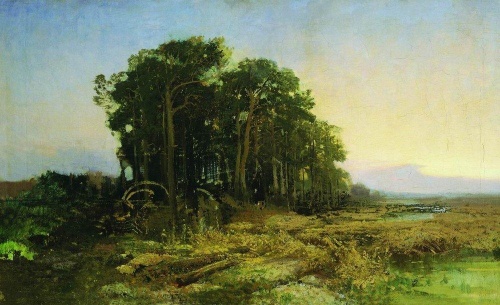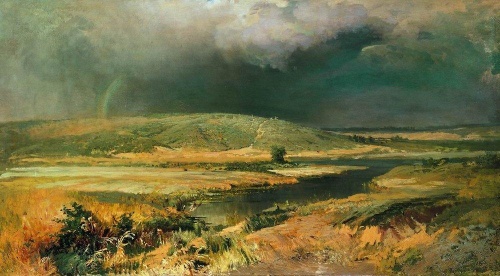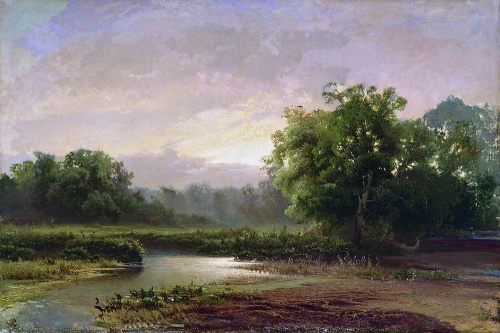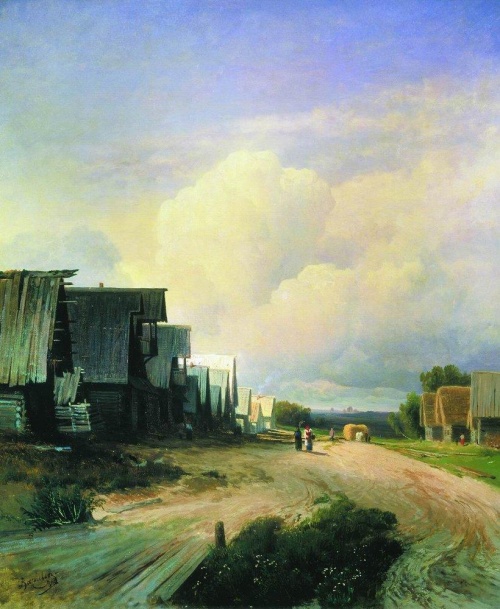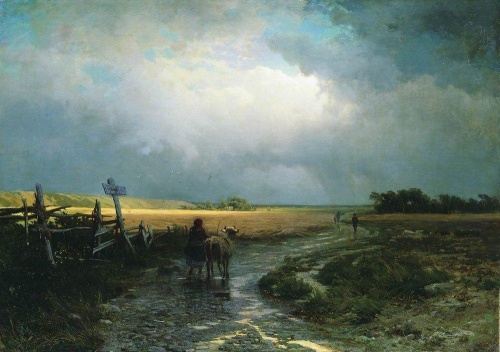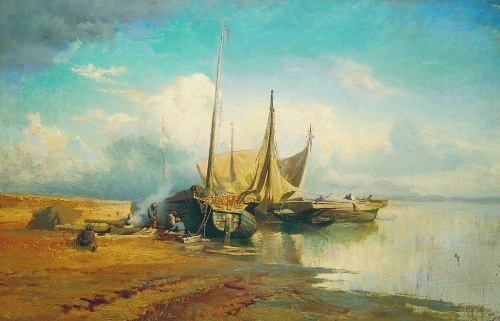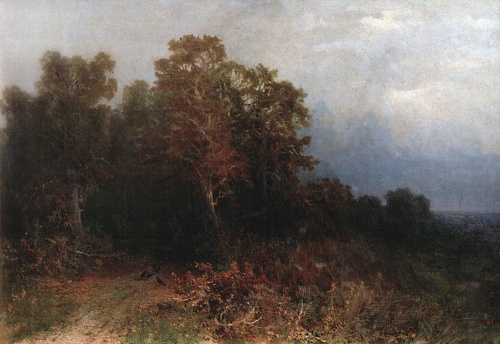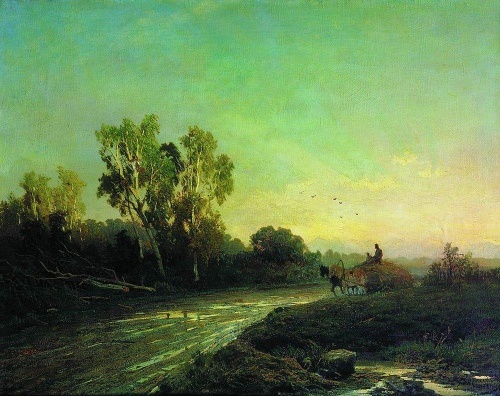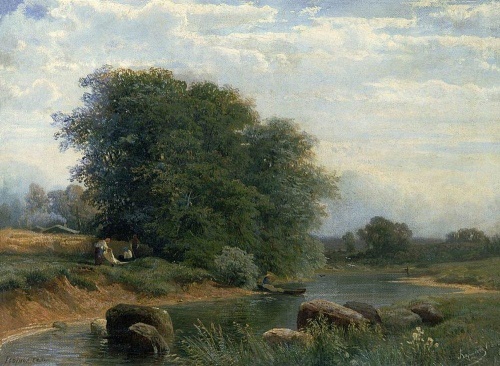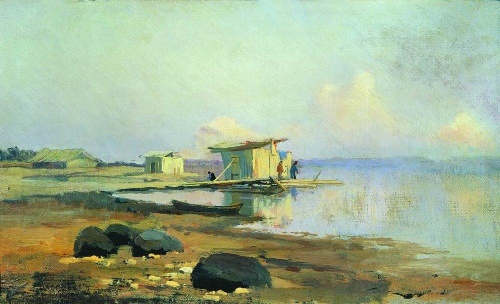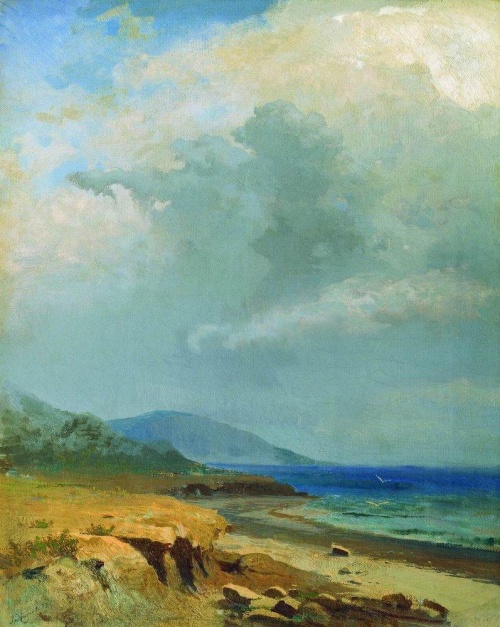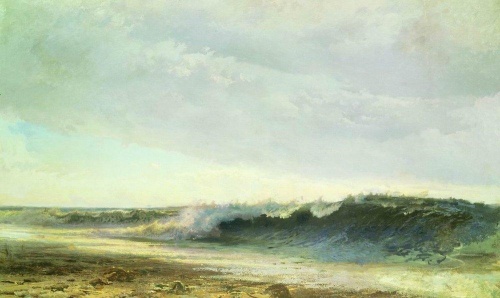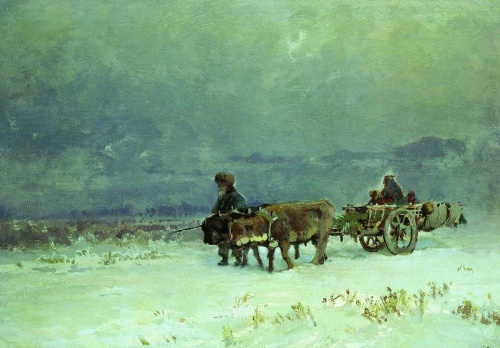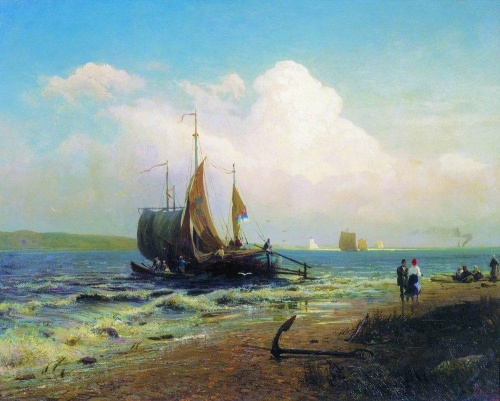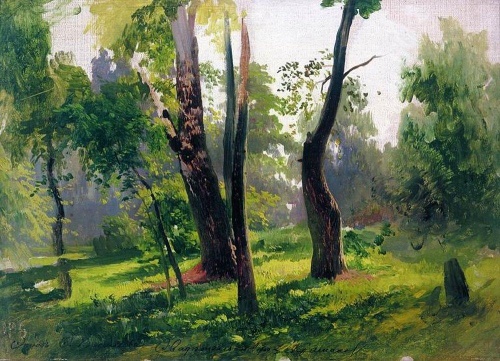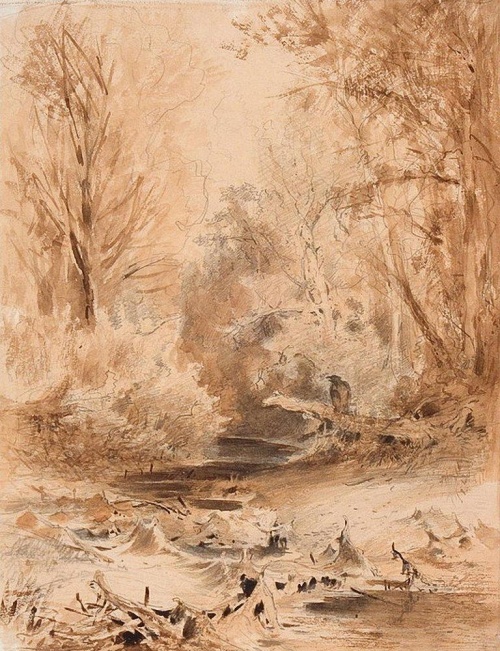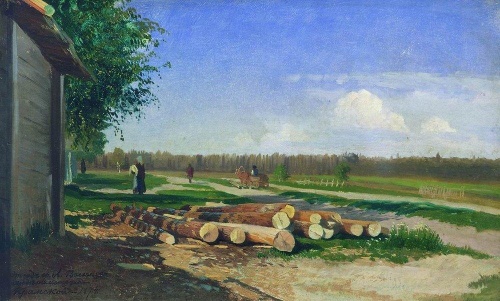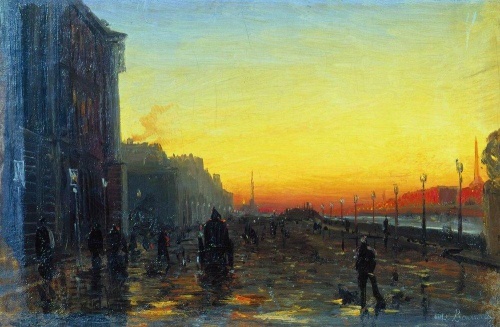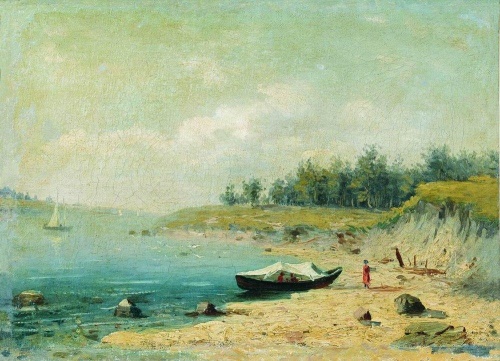Russian artists - Vasiliev Fedor Alexandrovich (83 works)
Разрешение картинок от 1000x543px до 8000x6112px
His undoubted talent was recognized by all his contemporaries: both artists and critics. Kramskoy compared him to a fabulous rich man who did not know how to count his treasures and generously and recklessly threw them away anywhere. Both Kramskoy and Repin stopped in amazement in front of his canvas, especially when he painted or copied clouds.
Quantity: 80 pcs.
Quality: 617x1000 - 947x1000
Format: JPG
Size: 71 mb.
Biography
Fyodor Vasiliev was born on February 10, 1850 in the city of Gatchina (now Leningrad region) in the family of a minor postal official from St. Petersburg.
At the age of twelve he was sent to serve at the main post office, where he received a salary of 3 rubles per month. From early childhood he showed ability and interest in drawing. He left the service and went to study at the Drawing School of the Society for the Encouragement of Arts in St. Petersburg (1865-1868), at which time he combined classes at school in the evenings with work for the restorer from the Academy of Arts P. K. Sokolov. By the end of his studies, Vasiliev entered the circle of famous artists, became especially close to Kramskoy and Shishkin, with whom he later even became related - F. A. Vasiliev’s sister Evgenia married I. I. Shishkin in 1868. An important event during this period for the young artist was his trip to the island of Valaam, where, together with I.I.
He worked as Shishkin for more than five months: from June to late autumn 1867. In 1869, Vasiliev traveled to the Tambov province, to the estate of Count P. S. Stroganov, the village of Znamenskoye (in the summer), and to Ukraine, also to the estate of P. S. Stroganov, the village of Khoten (in the fall). These trips played a beneficial role in the development of the artist’s original talent.
In 1870, Vasiliev, together with the artists I. Repin and E. Makarov, undertook a trip along the Volga. They sailed along the great river from Tver to Saratov, and set up a creative apartment in the vicinity of Samara Stavropol, opposite the Zhiguli. For Vasiliev, these were days of rapturous unity with nature, days of selfless work, days of creative searches and plans. A lot of impressions and many drawings from this Volga summer served as the basis for a number of paintings, the most significant of which, landmark ones, are “View on the Volga. Barky." and "Volga Lagoons". The artist developed into an original master of the Russian landscape school. A short but amazing dawn arose of a completely new, brightest phenomenon in Russian landscape painting. Immediately upon returning from the trip, Vasiliev creates “The Thaw”, the image of his native nature in front of which one involuntarily recalls Pushkin’s “... How much has merged in it for the Russian heart...”. The painting immediately became an event in Russian artistic life. Its author's repetition, in warmer colors than the first version, was shown at the world exhibition in 1872. in London.
While working on the painting “The Thaw,” in the winter of 1870, Vasiliev caught a severe cold and was diagnosed with tuberculosis. At the suggestion of Count P. S. Stroganov, the artist spent the summer of 1871 on his estates in the Kharkov and Voronezh provinces, but was never cured . The Society for the Encouragement of Arts gave him funds to travel to Crimea (even before leaving, Vasiliev was enrolled as a volunteer student at the Academy of Arts and received the title of artist of the first degree with the condition of passing an exam from a scientific course). Vasiliev spent the last two years of his life in Crimea. During this Crimean period, he creates many drawings (pencil, watercolor, sepia) and paintings that are perfect in all respects. In them, the artist speaks equally expressively, strongly and excitedly about the new Crimean nature for him, and about the north dear to his heart. Vasiliev’s Crimea is depicted in many paintings: “In the Crimean Mountains”, “In Crimea. After the rain.", "Winter in Crimea." ... The central work about Crimean nature, a poem about the Crimean Mountains, is, of course, the large painting “In the Crimean Mountains” (1873, Tretyakov Gallery). In Crimea, Vasiliev wrote his most heartfelt and significant paintings dedicated to the nature of the north: “Morning.”, “Abandoned Mill.”, “Swamp in the Forest. Autumn.", "Wet Meadow" (1872, Tretyakov Gallery). These paintings were painted based on old sketches and the artist’s always vivid and exciting memories of the dear north. The quantity and quality of what Vasiliev created in Crimea is amazing. He worked long and hard, sometimes to the detriment of treatment, inadvertently aggravating the disease. This did not contribute to recovery and led to a tragic end.
F. A. Vasiliev died on September 24 (October 6), 1873 in Yalta. The grave is located there, at the Polikurovsky cemetery.
